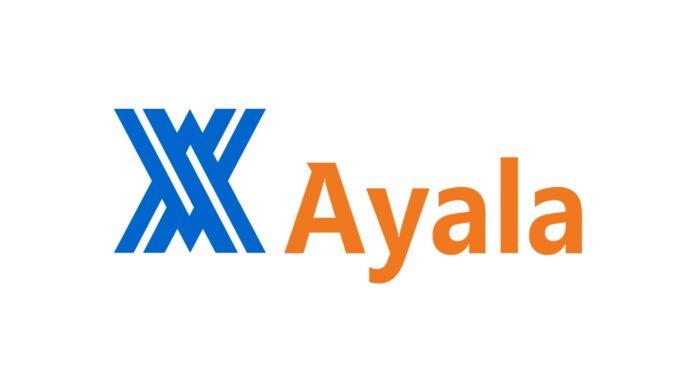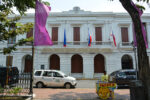The Ayala Group that owns Globe Telecom has advanced the idea for the government to help pay for the cost of connectivity across the archipelago by a subsidy program allowing the telecommunications players to beef up their presence even in so-called geographically isolated and disadvantaged areas or GIDAs.
The telecommunications companies advanced the idea before Malacanang in an industry blueprint committing significantly to expand their network infrastructure in GIDAs by 2028.
In recently convening the Private Sector Advisory Council (PSAC), the telcos’ Connectivity Plan Task Force (CPTF) led by Ernest Cu, Globe president and chief executive, proposed the construction of new towers in remote parts of the country through public-private collaboration and consistent with President Ferdinand Marcos Jr.s’ pledge in his last state of the nation address to bring connectivity even in remote areas of the country.
The proposal seeks to bridge the digital divide by delivering essential telecom services even in underserved communities.
Under the proposal, the major mobile network operators including Globe proposed optimum use of existing towers and building new infrastructure in the GIDAs.
The telcos also proposed to provide SIMs with government-subsidized, time-bound data plans for unconnected Filipino households between this year and 2028.
The SIMs allow automatic monthly load seeding of 50GB for a year that should cover the average requirement of a five-member household. This ensures that even remote communities are connected with mobile signals and the internet, enhancing their access to education, healthcare, government services, and economic opportunities.
“The telco industry is fully dedicated to leveraging our partnership within the industry and with the government to reach underserved areas where the private sector has been unable to build because of the negative cost to business,” Cu said.
“Once the government lays a bigger stake in our push for inclusive connectivity and invests in our proposal, this will mark a milestone in our collective aspiration for a Digital Philippines. Together, we will be able to create pathways to opportunities and essential services that can significantly improve lives,” he added.
By maximizing the use of existing sites while strategically building new ones in underserved areas, the project will minimize overlaps among providers and optimize coverage across the country.
This allows each barangay in the GIDAs to receive telco support from at least one provider, avoiding unnecessary competition and duplication of efforts in a single area.
Beyond the immediate infrastructure rollout, the CPTF also seeks critical legislative support for the strict enforcement of the streamlining of the permitting process for new cell sites, ensure consistent energization of telco towers, and rationalize the spectrum user fee.
These policy reforms are essential for the efficient deployment of new infrastructure, enabling telcos to serve the GIDAs without encountering unnecessary regulatory hurdles.
At present, 7,063 barangays are classified as GIDAs and home to nearly 25 million residents. Cu said over 600 Globe cell sites already operate in the GIDAs.
In its Digital 2024 report released in January this year, the online reference library Data Reportal said 26.4 percent or over a quarter of Filipinos are still offline, indicating that while robust connectivity has been achieved in the country, a number of the population lack internet access.
President Ferdinand R. Marcos Jr. earlier vowed to improve the connectivity infrastructure in the country, saying his administration will embrace policy reforms and nationwide enforcement of streamlined processes to remove hurdles to connectivity expansion.







